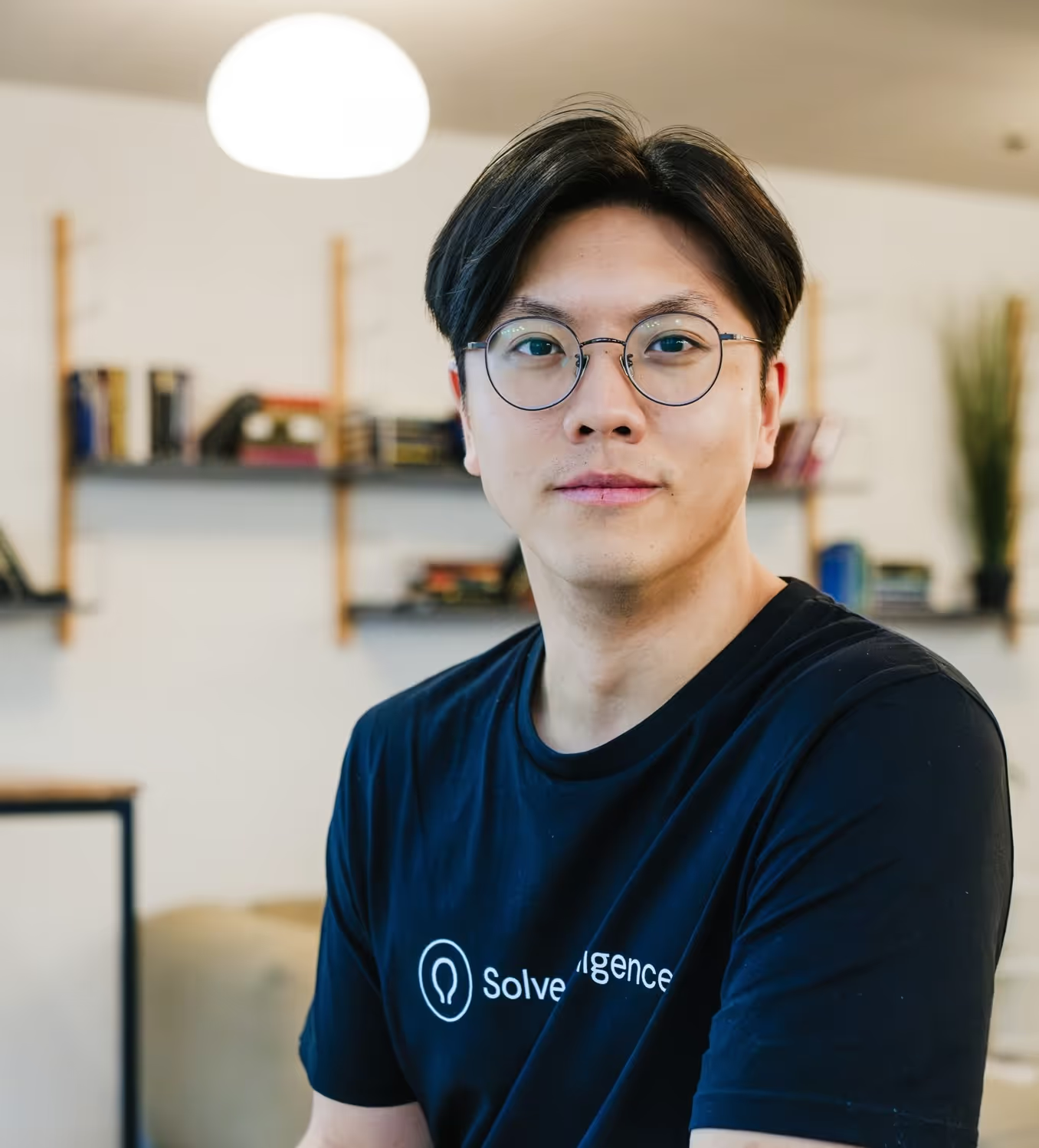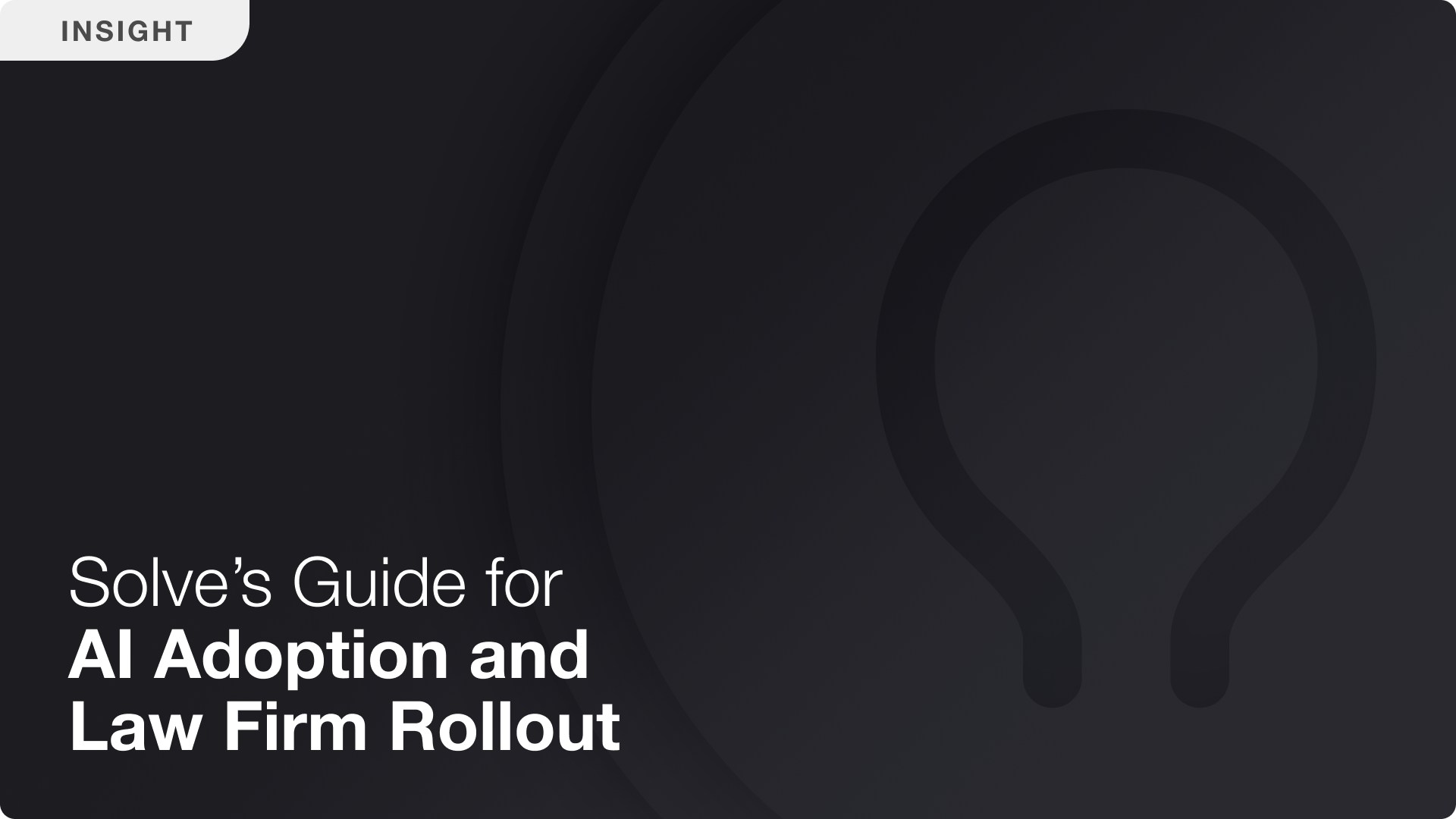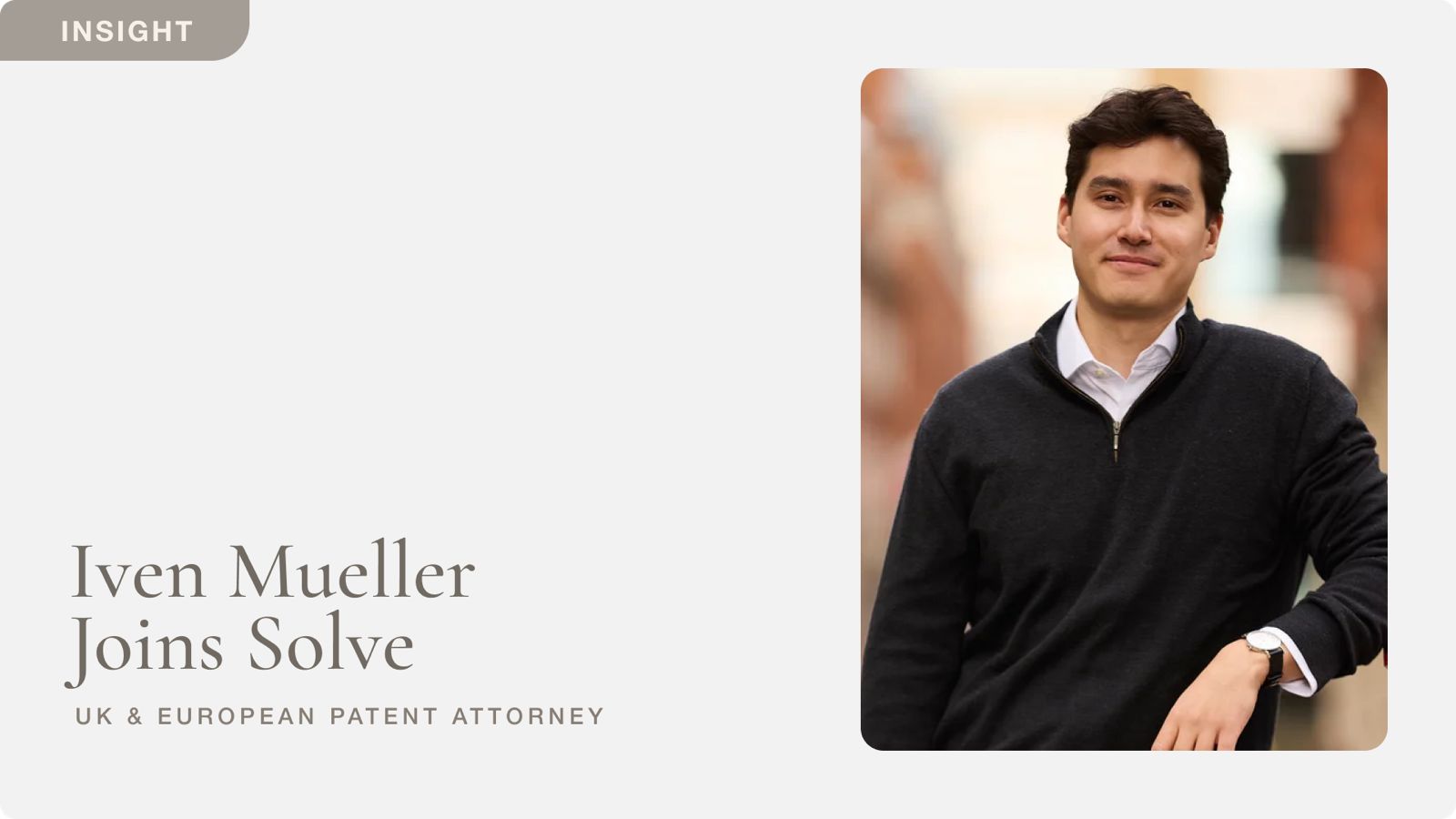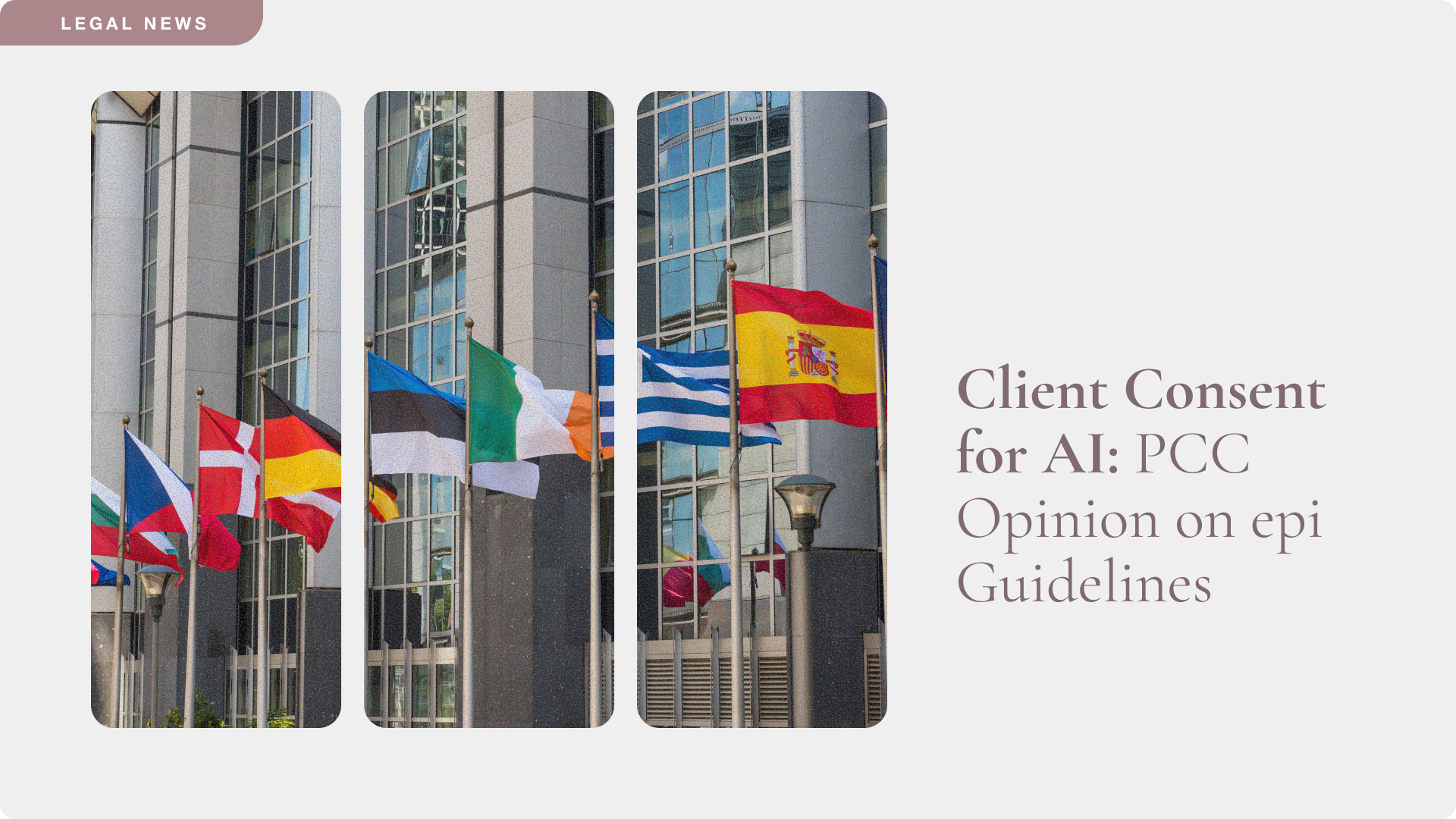IPO European Committee Conference 2025: A Fireside Chat on IP and AI
At the European Practice Conference hosted by the IP Owners Association in Paris, one fireside chat stood out for its insight and urgency: “IP Trends and Developments in AI.”
The session was led by two highly respected experts: Jean-François Adam, who covers all things European and currently serves as in-house counsel at Infineon Technologies, and Jonathan Osha, founding partner of Osha Bergman Watanabe & Burton LLP, who brought the US perspective. OBWB, a long-time thought leader in cross-border IP, was also the hosting sponsor of this year’s event, held at the elegant Hôtel le Marois in central Paris.
Together, Jean-François and Jonathan offered a compelling look into the evolving challenges of patenting artificial intelligence-based inventions – and why practitioners on both sides of the Atlantic are grappling with inconsistent, outdated frameworks that do not sufficiently reflect the reality of modern innovation implementing AI.

AI Reshaping the Legal and Commercial Landscape
Jean-François opened with a stark truth that AI is now a commercial necessity. From Nvidia to Apple, the ability to deliver high-quality AI products increasingly defines market success. And for those working in patent law, AI isn’t just transforming their clients’ businesses but it’s transforming their own too.
The AI boom is blurring the lines between disciplines. Chemists, software specialists, and mechanical engineers alike are being pulled into discussions once reserved for computer scientists. The resulting demand for training and upskilling has caught many firms flat-footed, with structural challenges in how law firms manage and share technical knowledge.
Patent Prosecution in the AI Era: Uncertainty Is the Only Constant
From the law firm perspective, Jean-François shared his concern about the inconsistency of patent office examinations, reflecting on his experiences with the EPO. This variability seems frustrating and can be commercially destabilizing. Without predictable examination outcomes, firms may struggle to provide clients with reliable guidance, which in turn disincentivizes EP filings and, for EP filers, drives up prosecution costs which can accumulate to significant amounts.
Jean-François has conducted statistical analyses of 300+ written opinions across fields like chemistry and computer-implemented inventions. His findings are eye-opening:
- Clarity: A significant proportion of clarity objections he’d reviewed lack sufficient grounding in EPC case law or guidelines (Art. 84, Art. 69, G 2/88, etc.). A striking 60% of clarity objections in AI-related EPO written opinions fall into what Jean-François calls “how-based” objections. For example, these are claims that refer to “obtaining a trained generative model” without specifying the training process.
- Inventive Step: AI inventions often rely on manipulating data, which examiners may not view as sufficiently technical, especially when the application of a model feels abstract or detached from a clearly defined technical effect. The examiner variability, especially regarding what counts as a “sufficiently technical effect,” introduces a kind of procedural randomness within this sample.
- Sufficiency of Disclosure: The “black box” nature of many AI models makes it increasingly difficult to prove that a claimed invention works across all described embodiments, especially when data collection itself is costly and time-consuming.
He called for reform to better reflect the realities of AI invention. In his view, AI-based inventions need more legal guidance than any other area of innovation, given its abstract nature and explosive technical development. Even though the EPO has introduced guidance (G-II.3.3.1) on AI-related inventions, and we see decisions starting to flesh out the law particularly with respect to technical character, clarity guidance has not been similarly updated, despite the rise of generative AI and machine learning use cases. Jean-François argued passionately for updates in this area.
Cross-Jurisdictional Views from the US
Jonathan Osha brought the US perspective, highlighting how Section 101 subject-matter eligibility issues dwarf all other concerns in AI-related patenting. Referencing the recent Recentive Analytics v. Fox Group decision from April 2025, he explained how courts often reduce AI-based claims to their abstract core, removing the technical nuances and dismissing them as known processes.
This pattern effectively nullifies the actual claim content and can severely limit the patentability of even transformative AI innovations. Jonathan highlighted that the abstract idea itself cannot supply the inventive concept no matter how groundbreaking it is.
Conclusion
Both speakers serve on the IP5 international taskforce, where industry stakeholders meet with the heads of the five major IP offices (USPTO, EPO, JPO, KIPO, and CNIPA). While these conversations are promising, true harmonization remains elusive. Both speakers advocated for a common goal with their respective patent offices, i.e., to close the feedback loop that’s currently missing in AI-based patent prosecution, making it easier for practitioners to draft and adapt claims with greater predictability.
The fireside chat closed with a note of both urgency and optimism. Despite the technical and procedural messiness, the economic and societal benefits of AI inventions are undeniable. The speakers and the audience made it clear that what’s needed now is a joint effort from law firms, in-house counsel, and patent offices alike to modernize frameworks and create clearer, more consistent rules for evaluating AI-related patent applications.
AI for patents.
Be 50%+ more productive. Join thousands of legal professionals around the World using Solve’s Patent Copilot™ for drafting, prosecution, invention harvesting, and more.



.png)
